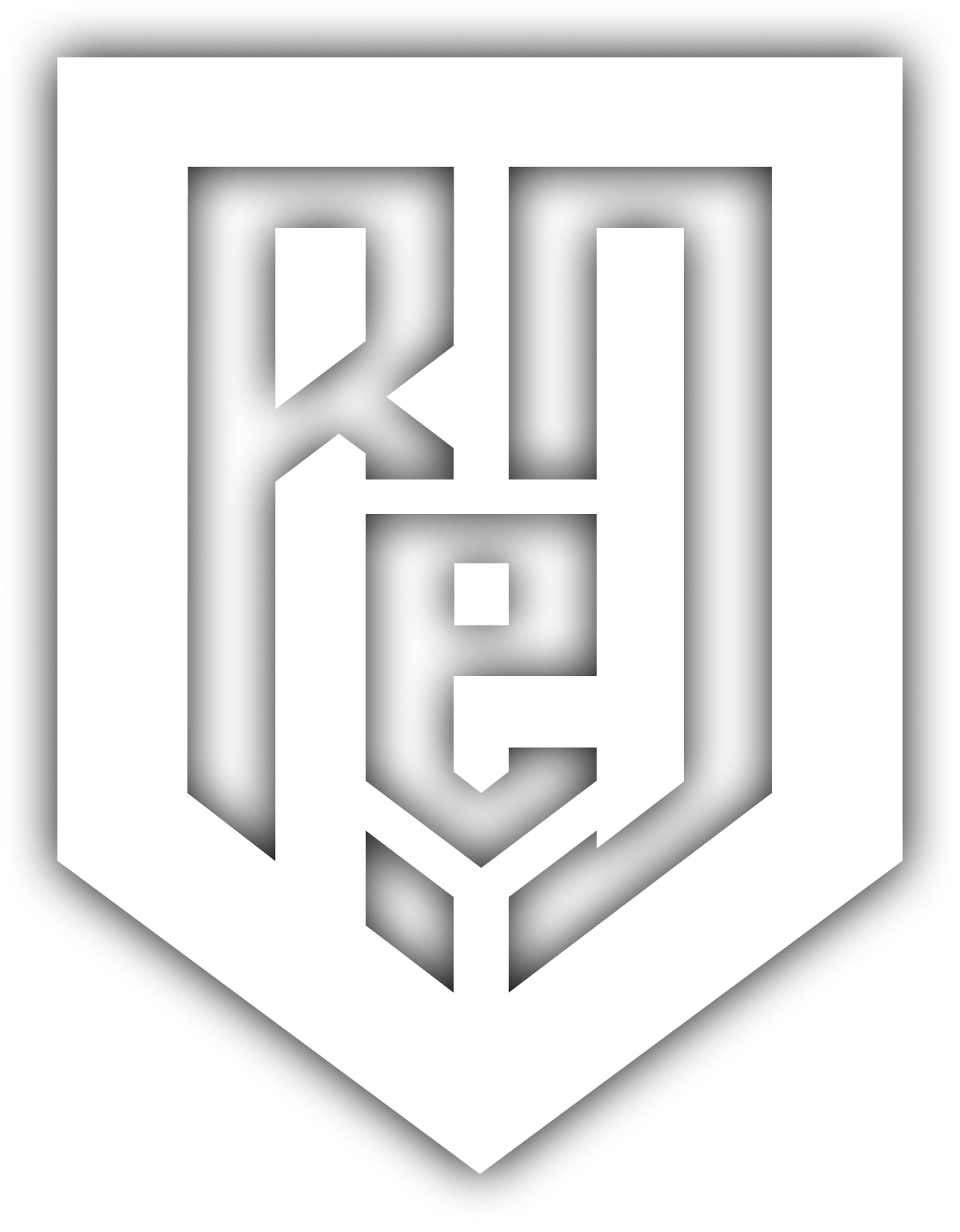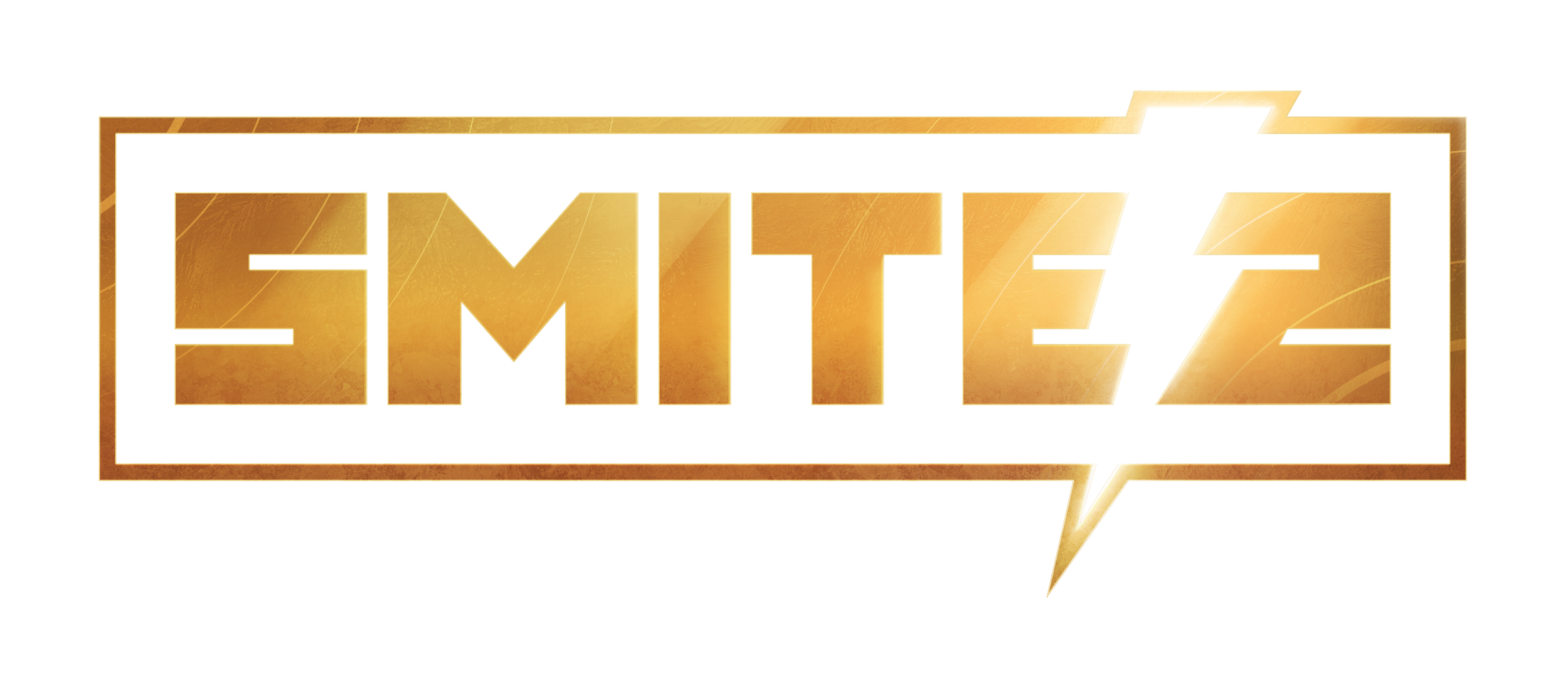
ADVANCED / LEAD UX DESIGNER
scroll down
OVERVIEW
In this role, I collaborated with leadership and stakeholders to help identify the desired direction for SMITE 2. During the early months of the SMITE 2 development cycle, my primary focus was on performing competitor research, survey analysis, and developer insights to help identify the UX wins and losses of SMITE 1. SMITE 1 had gone through multiple redesigns of its UI and UX throughout its lifecycle, and was technically never finished. The approach for SMITE 2 was to deliver modern standardization, and develop new concepts that would help set a strong foundation for the team to continue to build upon, instead of replacing. Biggest driver from stakeholders, and the team as a whole, was to keep some a strong sense of familiarity to its most recent iteration, while giving it a much needed face-lift, and redesigning outdated concepts that would feel far more welcoming for players to engage with. The challenge, however, was defining these strong, positive, impactful changes with a very tight deadline. It meant focusing on our efforts as team, and doing our best to be collaborative, and achieving these goals together.
-
For the first 5 months, I was the sole UI/UX Designer focusing on competitor research, surveys, case studies and identifying stakeholder business goals
Set and presented SMITE 2’s UI/UX Direction and Pillars for the future of our product
Met with Dr. Madison Klarkowski to discuss some of the traps of highly-competitive games, and how we could identify opportunities to improve our design principles towards players of different skill levels. Multiplayer games has a tendency of intimidating players of various skill levels which leads to performance anxiety, and we needed to address this concern.
Collaborated to create several UI/UX based surveys to gather critical data to assist the development team
Created the UI/UX Architectural flows for several areas in the game.
Collaborated on numerous designs across the title to improve overall usability for both In-Game and Front End experiences
Re-imagined and redesigned new experiences for many areas of SMITE 1
Collaborated with players and developers, across different teams, to reimagine the First-Time User Experience
Worked directly with countless community members during playtests, and group discussions
Was the primary driver in the creation the Visual and Thematic Direction for the UI Art
Collaborated in the creation of the UI Style Guide, and Global Visual Components
As the team grew, I became the primary UX Designer on the team
Mentored and coached newer UX Designers to help elevate their skillset.
Worked closely with leadership and stakeholders to ensure we were focused on delivering the best experiences possible
Collaborated, and directed third-party vendors to create high-fidelity motion graphics
Created motion mocks to provide a visual proof of concepts on how certain interactions could function.
Collaborated with our 3D environment team to ideate concepts for different front end experiences.
Created concepts for new in-game presentations and animation for intro and outro experiences.
2/2023 - 8/2024
PC / PS5 / XBOX Series X/S
Advanced / Lead UX Designer

UX
DIRECTION
The role of UX Director does not formally exist at Hi-Rez Studios; however, SMITE 2 required this level of oversight.
An overview of my UX design responsibilities and deliverables for the project.
UX
DESIGN
Responsible for delivering high-fidelity mocks and determining the final art style.
TECH
ART
UI
VISUALS
Lastly, I was also responsible for skinning several screens, in-game elements and fixing issues.



